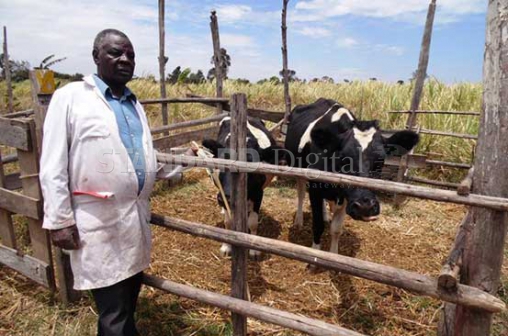×
The Standard e-Paper
Home To Bold Columnists

KENYA: Sugarcane growing in Bomet is not an established venture like in Westen Kenya. Farmers who grow this crop do it in small gardens and when mature, the cane is consumed at the family level.
However, a farmer in Toronik, Chepalungu Sub-county, Bomet County has gone against the grain and found new use of the cane — using it to feed his dairy cows during the dry spells.








